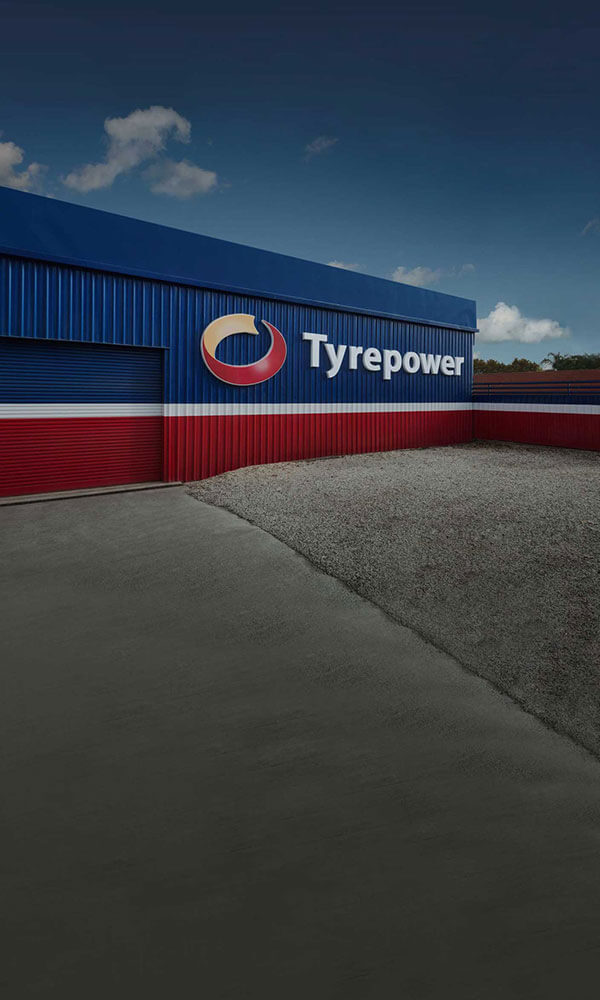What are plus size fitments?

When it comes to customising your vehicle, one of the most popular mods is upgrading to aftermarket wheels.
A new set of wheels isn’t always just for show, with a new wheel and tyre package often bringing increased performance, less weight, more strength or a combination of all of these.
Usually, when putting new wheels on, owners will opt to change to a different size of wheels for one reason or another. Lets look into how upgrading your wheels or fitting wider tyres can change your vehicle, for better or for worse.
What is 'Plus Sizing' in Relation to Wheels?
When discussing car, 4x4 and SUV wheels in particular, the term ‘plus sizing’ refers to increasing the diameter of the wheels, typically while fitting lower profile tyres to maintain a similar overall diameter.
Changing up to a one inch larger diameter wheel would be referred to as ‘+1’, while a two inch increase would be called a ‘+2’ fitment.
While changing to larger diameter wheels is most common, it’s not unheard of to occaisionally fit smaller diameter wheels. This is most common on 4WDs that come fitted from the factory with large alloy wheels.
Why do drivers consider upgrading sizes?
There are loads of reasons to change to put aftermarket wheels on your vehicle, from aesthetics to aspirations for improved vehicle dynamics. Usually when purchasing aftermarket wheels, the decision is made to change to a different size wheel.
Larger wheels offer a sleeker, more commanding presence on the road. From a performance perspective, upgrading wheel size can contribute to better handling and stability, especially when paired with the right tyres.
Sometimes, drivers opt to go for a negative sized fitment, where the wheels on the vehicle are replaced with a smaller diameter set. This means that drivers have the option to fit tyres featuring larger sidewalls that are designed for off-road use.

Benefits of Low Profile Tyres (and Wider Tyres)
Often, the desire to upgrade wheels is either an aesthetic decision or a performance one.
The lower profile tyres which are often part of the plus sizing process, have a shorter sidewall height, offering advantages such improved handling and steering response, as the shorter sidewall reduces tyre flex.
Typically plus size fitments allow for wider tyres to be fitted, providing a larger contact patch with the road, enhancing traction and stability.
Cost Considerations of Larger Wheels and Low Profile Tyres
Upgrading to a sweet and racy new wheel and tyre package can offer performance and aesthetic benefits, but it’s essential to remember that wider and higher performance products typically come with higher price tags.
Wider and lower profile tyres have much more complex engineering challenges associated with their construction, and often contain exotic materials and construction techniques in order to prevent them from behaving in expected ways while on the road.
Larger diameter wheels with lower profile tyres are also generally more expensive can be susceptible to damage from potholes and debris on the road.
Staying on the Right Side of the Law
Whenever you’re making modifications to your vehicle, you must ensure that you’re complying with your local rules and regulations that your state or territory has in regards to vehicle modifications.
In Australia, the rules that govern vehicle modifications are covered in ADRs (Australian Design Rules), with each state and territory having slightly different regulations, but in general:
- The total rolling diameter of your tyre and wheel package can not change by more than +/-15mm from the options outlined by the vehicle manufacturer
- Track width increases of more than 25mm per side are not allowed, depending on the type of vehicle. Track width is measured from the centre of one wheel, to the center of the opposite wheel.
- After fitting the new tyres and wheels, your speedometer can not read slower than your true speed, or faster by 10% or more. For example, if your true speed is 100km/h, your speedometer must display between 100 and 110km/h.
Your local Tyrepower store can help you navigate the complex legal side of tyre and wheel modifications and assist you with finding a fitment that both meets you needs and your budget.
Remember that any accessories or modifications to your vehicle could possibly affect your insurance, so it’s advisable to let your insurance company know about your new wheels to ensure up to date coverage.
Tyrepower are your local tyre and wheel experts!
Upgrading your vehicle with aftermarket wheels and tyres can be an exciting experience, offering both aesthetic and performance improvements that are instant.
If you’re looking to make informed decisions regarding plus sizing a new wheel and tyre package, tyre selection, and potential modifications, come have a chat to your local Tyrepower store and ask us about your vehicle.
With expert advice and a wide selection of products, Tyrepower store is your go-to destination for all your wheel and tyre needs.

